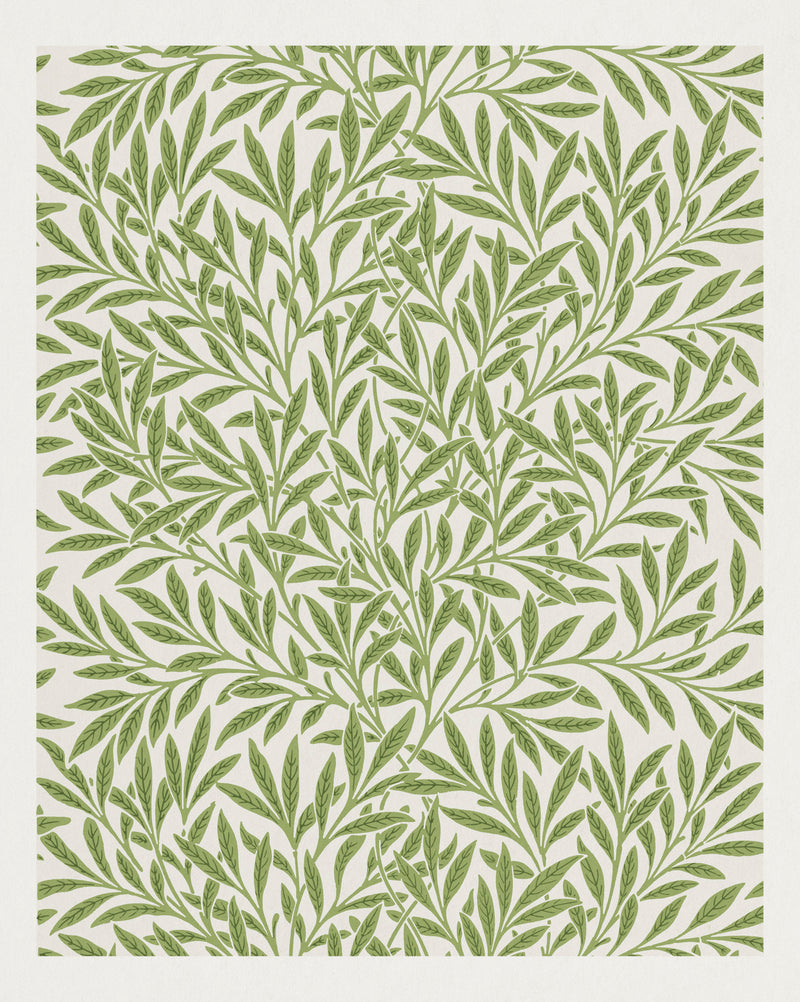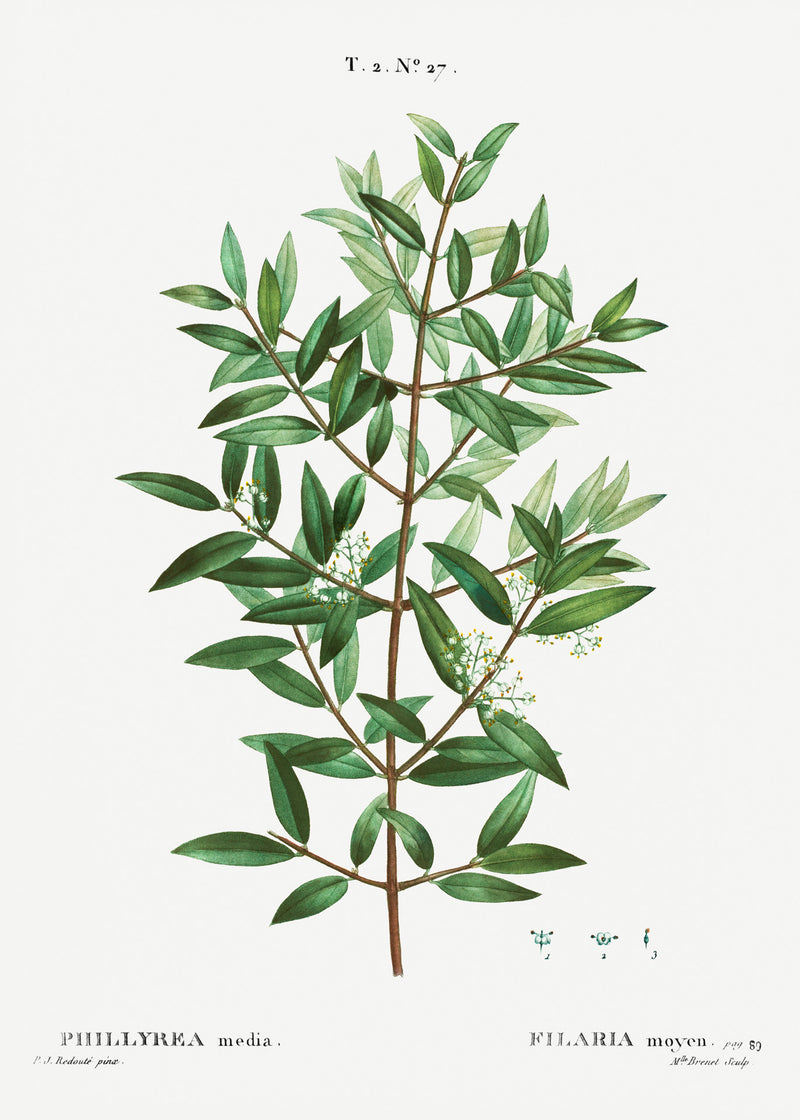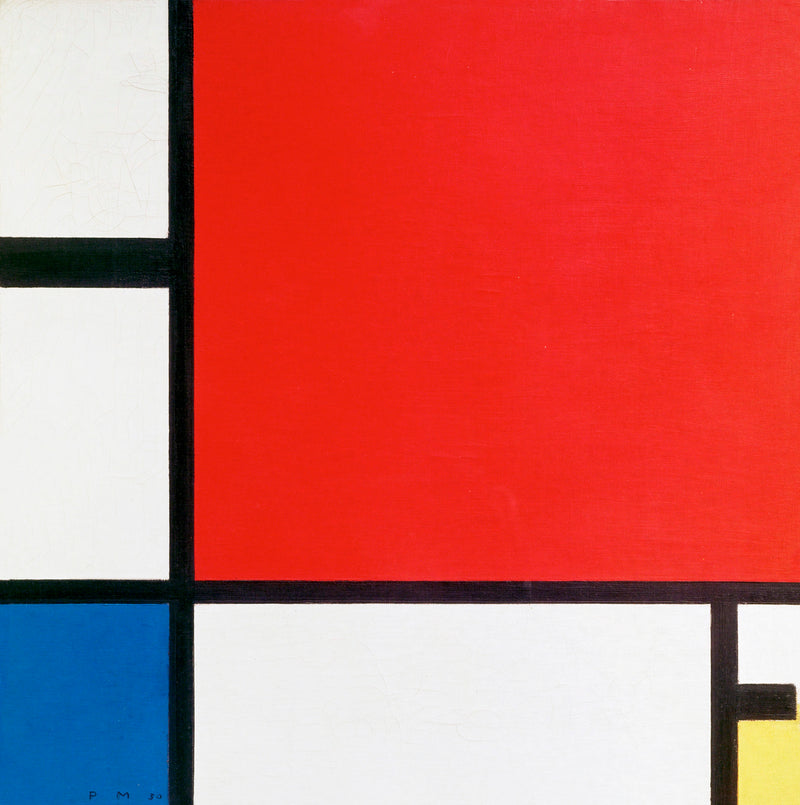Academic Art: Traditions, Canons, and the Style of Beauty that Established the Foundation of Western Painting

From the 16th to the 19th century, the Academy was at the center of the European art world. The "Academic Art" that was cultivated in this educational institution is a high-class style based on the ideal of classical beauty and strict techniques. Historical paintings, portraits, mythological paintings, allegorical paintings, and other noble subjects were depicted with precise descriptive power and idealized expression. Painters such as William-Adolphe Bouguereau, Jean-Léon Gérôme, and Lawrence Alma-Tadema embodied the standards of the Academy and had a great influence on artists of later generations. In this article, we will explain the characteristics and historical background of Academic Art, representative artists and works, and the influence of Academic Art in the present day. artgraph.jp sells posters that faithfully reproduce the masterpieces of the masters of Academic Art with high-definition giclee prints. Why not decorate your room with the world of high-class beauty depicted by Academic Art and feel the tradition and history of Western painting?
What is Academic Art? - The Canons of the Academy
Academic Art is a style of painting and sculpture taught in European art academies from the 16th to 19th centuries. Academies played a major role in the development of Western art as the institution that oversaw art education and exhibitions. Based on the canons of the academy, academic art emphasized the ideal of classical beauty and strict techniques. Painters thoroughly studied the fundamentals of anatomy, perspective, and composition, and created historical paintings, portraits, mythological paintings, allegorical paintings, and other lofty subjects with precise descriptive power and idealized expression.
The characteristics of academic art are as follows:
- Classicism: Academic art idealized ancient Greek and Roman art, and emphasized balance, harmony, and proportion. Human figures were depicted with idealized beautiful bodies, and compositions emphasized stability and order. Bouguereau's "The Nymphs at the Pond" is a classical-style painting of a mythical creature and a nymph frolicking. The pose and composition of the figures are reminiscent of ancient Greek sculpture.
- Realism: Academic art emphasized realistic depiction. Artists studied anatomy and perspective to accurately depict their subjects, and practiced in the studio on models. Gérôme's "The Slave Market" is a work that uses Orientalist themes, but the depictions of the people, costumes, and setting are realistic.
- High subjects: Academic art dealt with high subjects: history painting, portraits, mythological and allegorical paintings. These subjects were highly valued by the Academies and occupied a central place in their exhibitions. Alma-Tadema created detailed reconstructions of ancient Roman life, based on archaeological knowledge. His "The Roses of Elagabalus" depicts a banquet held by the Roman Emperor Elagabalus, with sumptuous interiors and costumes realistically depicted in minute detail.
- Narrative: Academic art emphasized telling a story through painting. Artists used historical events, mythological tales, and literary works to convey drama and emotion. They aimed to convey a story to the viewer through composition, character poses, and facial expressions.
Academic Art History - The Rise and Fall of the Academy
Academic art began with the establishment of the Academy in Italy in the 16th century. As an institution that oversaw art education and exhibitions, the Academy played a major role in the development of Western art. In the 17th century, the French Academy was established and established its hegemony in the European art world. The French Academy placed emphasis on classicism and imposed strict rules on artists. Academic art occupied the mainstream of Western art until the 19th century, but in the second half of the 19th century, new art movements such as Impressionism emerged and the authority of the Academy declined. Artists were freed from the strict rules of the Academy and began to pursue more free expression. However, academic art played an important role in building the tradition of Western painting and transmitting basic techniques to artists.
Representative Artists and Works of Academic Art
Academic art has many great artists, some of the most famous being William-Adolphe Bouguereau, Jean-Léon Gérôme and Lawrence Alma-Tadema.
- William-Adolphe Bouguereau: French painter. He produced many works in the classical style that embodied the standards of the Academy. His representative works include "Pond of the Nymphs" and "The Birth of Venus."
- Jean-Léon Gérôme: French painter and sculptor. He created Orientalist paintings in an academic style that combined archaeological accuracy with exotic detail. His most famous works include "The Slave Market" and "The Baths."
- Lawrence Alma-Tadema: A Dutch-born painter who was active in England. He meticulously recreated the life of ancient Rome based on archaeological knowledge. His representative works include "The Roses of Heliogabalus" and "The Baths of Caracalla."
The influence of academic art in modern times
With the development of modern art, academic art was once considered an outdated style. However, in recent years, academic art has been reevaluated, and its technical ability and beauty have inspired contemporary artists. In addition, academic art techniques are being used in fields such as fantasy art and conceptual art. Academic art is an important style that established the tradition of Western painting, and its legacy continues to be passed down to contemporary art.
Academic masterpieces on artgraph.jp
artgraph.jp sells posters that faithfully reproduce masterpieces by masters of academic art such as Bouguereau, Gerome, and Alma-Tadema in high-definition giclee prints. Why not decorate your room with the elegant beauty of academic art and experience the tradition of Western painting?
Find academic art posters on artgraph.jp

















